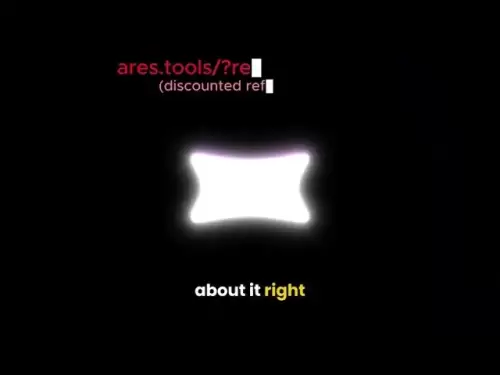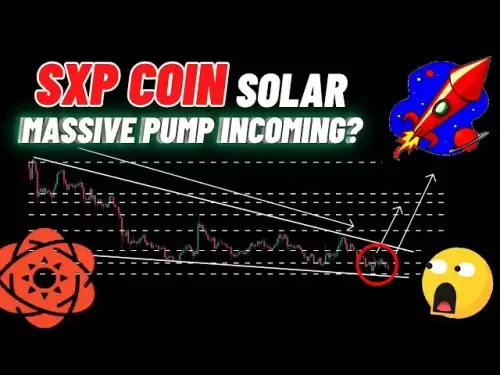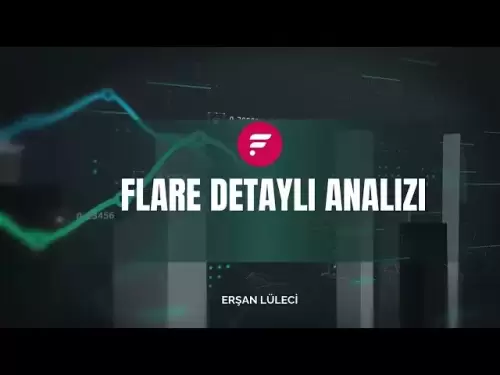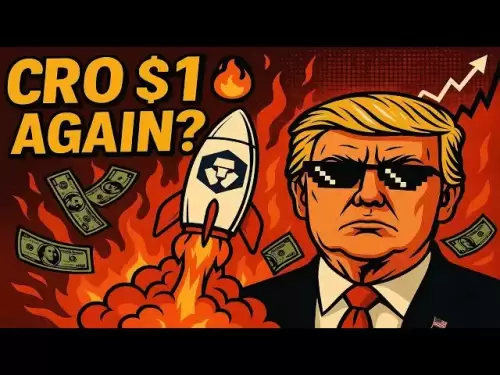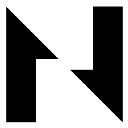-
 Bitcoin
Bitcoin $117500
1.68% -
 Ethereum
Ethereum $3752
3.35% -
 XRP
XRP $3.169
2.79% -
 Tether USDt
Tether USDt $1.000
0.02% -
 BNB
BNB $781.8
2.63% -
 Solana
Solana $186.9
4.52% -
 USDC
USDC $1.000
0.01% -
 Dogecoin
Dogecoin $0.2386
4.95% -
 TRON
TRON $0.3180
1.34% -
 Cardano
Cardano $0.8253
3.05% -
 Hyperliquid
Hyperliquid $44.88
6.59% -
 Stellar
Stellar $0.4452
7.25% -
 Sui
Sui $4.009
9.87% -
 Chainlink
Chainlink $18.37
4.97% -
 Hedera
Hedera $0.2699
13.91% -
 Bitcoin Cash
Bitcoin Cash $554.2
5.80% -
 Avalanche
Avalanche $24.18
4.47% -
 Litecoin
Litecoin $113.6
3.04% -
 Shiba Inu
Shiba Inu $0.00001409
6.01% -
 UNUS SED LEO
UNUS SED LEO $8.985
0.36% -
 Toncoin
Toncoin $3.316
7.35% -
 Ethena USDe
Ethena USDe $1.001
-0.01% -
 Uniswap
Uniswap $10.51
5.40% -
 Polkadot
Polkadot $4.107
4.42% -
 Monero
Monero $323.5
-2.62% -
 Dai
Dai $1.000
0.01% -
 Bitget Token
Bitget Token $4.566
3.18% -
 Pepe
Pepe $0.00001259
4.88% -
 Aave
Aave $299.6
4.42% -
 Cronos
Cronos $0.1345
6.71%
What do "blocks" and "chains" in blockchain represent respectively?
Blockchain's "blocks" are containers of verified transactions, cryptographically linked to form a chronological "chain," ensuring data immutability and security through this interconnected structure.
Mar 11, 2025 at 01:55 pm
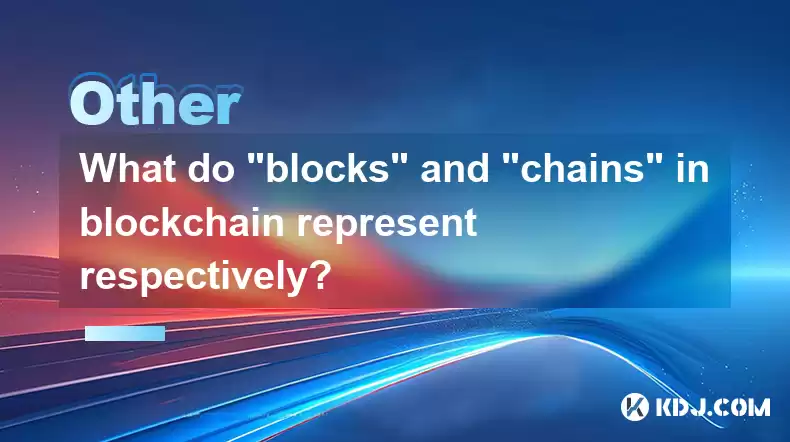
Key Points:
- Blocks: Represent a collection of verified transactions grouped together and added to the blockchain. They act as containers for data, securing it through cryptographic hashing.
- Chains: Refer to the chronological sequence of interconnected blocks, forming a continuously growing and immutable ledger. The chain's integrity relies on cryptographic linking between blocks.
- The relationship between blocks and chains is fundamental to the blockchain's operation, ensuring data integrity and security.
What do "blocks" in blockchain represent?
In the context of blockchain technology, a "block" serves as a container for a batch of verified transactions. Think of it as a digital record book entry, but far more secure. Each block includes a timestamp, indicating when the transactions within were processed. Critically, it also contains a cryptographic hash – a unique fingerprint – of the previous block in the chain. This linking ensures that altering any previous block would immediately invalidate the hash, making tampering easily detectable. The size of a block, and therefore the number of transactions it can hold, varies depending on the specific blockchain's design.
How are blocks created and added to the blockchain?
Blocks are created through a process known as "mining" (in Proof-of-Work blockchains) or "staking" (in Proof-of-Stake blockchains). Miners (or validators) compete to solve complex cryptographic puzzles. The first to solve the puzzle gets to add the next block to the chain, receiving a reward in cryptocurrency. This process ensures the security and integrity of the blockchain. Once a block is added, it becomes part of the permanent and immutable record.
What is the significance of the cryptographic hash in a block?
The cryptographic hash is a crucial element of a block's security. It's a unique, fixed-length string of characters generated using a one-way cryptographic function. Any change, no matter how small, to the data within a block will result in a completely different hash. This means that if someone attempts to alter a past transaction, the altered block's hash will not match the hash stored in the subsequent block, instantly revealing the tampering.
What do "chains" in blockchain represent?
The "chain" in blockchain refers to the chronological sequence of interconnected blocks. It's the fundamental structure that gives the technology its name. Each block is linked to the previous one through its cryptographic hash, creating an unbroken chain of records. This chain is distributed across numerous computers, making it highly resilient to attacks.
How does the chain ensure data immutability?
The immutability of the blockchain stems from the cryptographic linking of blocks and the decentralized nature of the network. Altering a single block would require altering all subsequent blocks, a task practically impossible due to the distributed nature of the blockchain and the computational power required. This ensures the integrity and reliability of the data stored on the chain. This chain acts as a transparent, verifiable ledger accessible to all participants.
What is the role of consensus mechanisms in maintaining the chain?
Consensus mechanisms are crucial for maintaining the integrity of the blockchain. They determine how new blocks are added to the chain and ensure agreement among participants. Proof-of-Work (PoW) requires miners to solve complex computational problems, while Proof-of-Stake (PoS) involves validators staking their cryptocurrency to validate transactions. Both mechanisms aim to prevent fraudulent blocks from being added to the chain.
How does the chain grow over time?
The blockchain continuously grows as new blocks are added. This ongoing addition of blocks represents a constantly expanding and updated ledger of transactions. The rate at which the chain grows depends on factors like the block time (the time it takes to create and add a new block) and the transaction volume on the network.
What are the key differences between different types of blockchains?
Different blockchains can have variations in their block size, block time, consensus mechanism, and the type of data they store. For example, some blockchains prioritize speed and scalability, while others focus on security and decentralization. These variations lead to different trade-offs in terms of performance and security.
What is the relationship between blocks and the chain?
Blocks are the fundamental building blocks of the chain. The chain's existence depends on the sequential arrangement of these blocks. Each block contains information about the previous block, creating a chronological, tamper-evident record. This interconnectedness of blocks forms the immutable and secure nature of the blockchain.
What are some common use cases of blockchain technology beyond cryptocurrencies?
While cryptocurrencies are a prominent application, blockchain's capabilities extend beyond that. Supply chain management, digital identity verification, voting systems, and healthcare record management are just a few examples where blockchain's security and transparency features are valuable.
Frequently Asked Questions:
Q: What is the difference between a block and a transaction?
A: A transaction is a single record of a transfer of value or data. A block is a collection of multiple verified transactions bundled together.
Q: Can blocks be removed from the blockchain?
A: No, once a block is added to the blockchain, it is virtually impossible to remove it due to the cryptographic linking and the distributed nature of the network.
Q: How is the security of the blockchain maintained?
A: Security relies on cryptographic hashing, consensus mechanisms, and the distributed nature of the network, making it extremely difficult to tamper with the data.
Q: What is the role of miners in the blockchain?
A: Miners verify transactions and add new blocks to the blockchain in Proof-of-Work systems. They are rewarded for their computational work with cryptocurrency.
Q: What is the significance of decentralization in blockchain?
A: Decentralization makes the blockchain resistant to censorship and single points of failure. No single entity controls the network.
Disclaimer:info@kdj.com
The information provided is not trading advice. kdj.com does not assume any responsibility for any investments made based on the information provided in this article. Cryptocurrencies are highly volatile and it is highly recommended that you invest with caution after thorough research!
If you believe that the content used on this website infringes your copyright, please contact us immediately (info@kdj.com) and we will delete it promptly.
- UAE's Digital Asset Revolution: Stablecoin Regulations Take Center Stage
- 2025-07-26 10:40:11
- VIRTUAL Weekly Drop: Recovery Analysis and Privacy Push
- 2025-07-26 08:50:11
- Bitcoin, Cynthia Lummis, and Freedom Money: A New Yorker's Take
- 2025-07-26 08:30:11
- Pudgy Penguins, Crypto Prices, and the Altseason Buzz: What's the Hype?
- 2025-07-26 10:51:48
- Crypto Gainers, Top 10, Week 30: Altcoins Buck the Trend
- 2025-07-26 08:55:12
- Solana, Altcoins, and Coinbase: What's the Buzz?
- 2025-07-26 06:30:12
Related knowledge
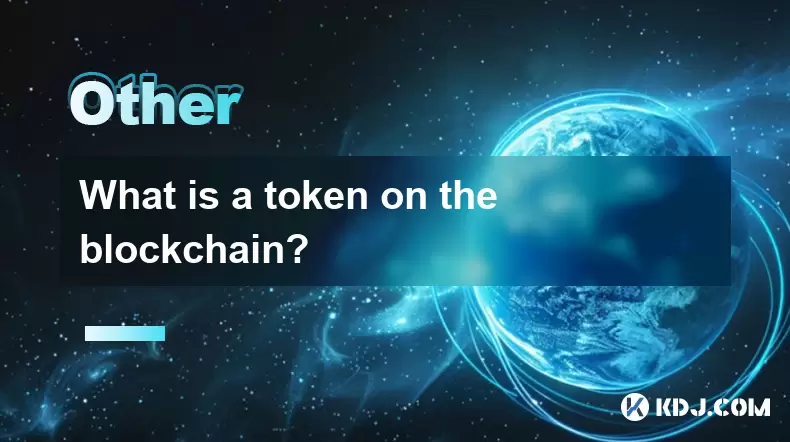
What is a token on the blockchain?
Jul 21,2025 at 07:00am
Understanding the Concept of a TokenIn the realm of blockchain technology, a token is a digital representation of an asset or utility that exists on a...
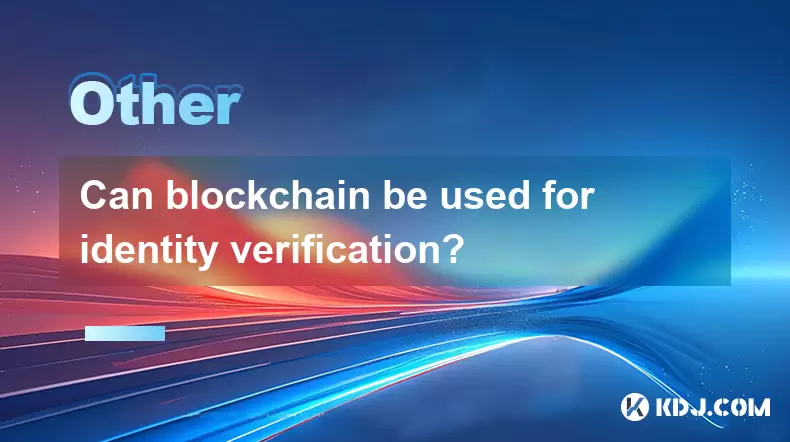
Can blockchain be used for identity verification?
Jul 18,2025 at 02:14pm
Understanding Identity Verification in the Digital AgeIn the modern digital landscape, identity verification has become a critical component for ensur...
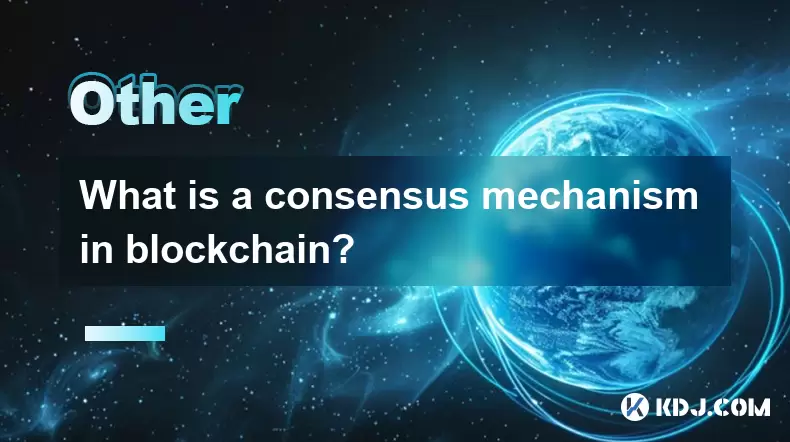
What is a consensus mechanism in blockchain?
Jul 21,2025 at 03:01am
Understanding the Basics of Consensus MechanismsA consensus mechanism is a critical component of any blockchain network. It refers to the process by w...
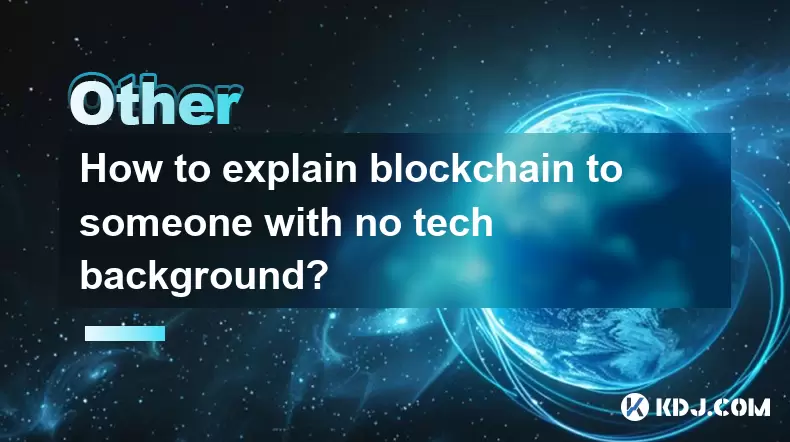
How to explain blockchain to someone with no tech background?
Jul 18,2025 at 11:08pm
Understanding the Basics of BlockchainTo explain blockchain to someone with no tech background, it's essential to start with simple analogies and avoi...
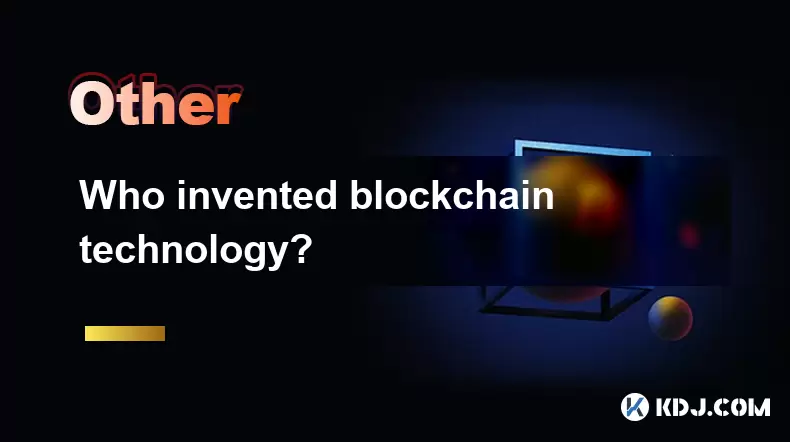
Who invented blockchain technology?
Jul 23,2025 at 01:28am
Origins of Blockchain TechnologyBlockchain technology did not emerge from a single inventor or institution. Instead, it evolved through a series of ac...
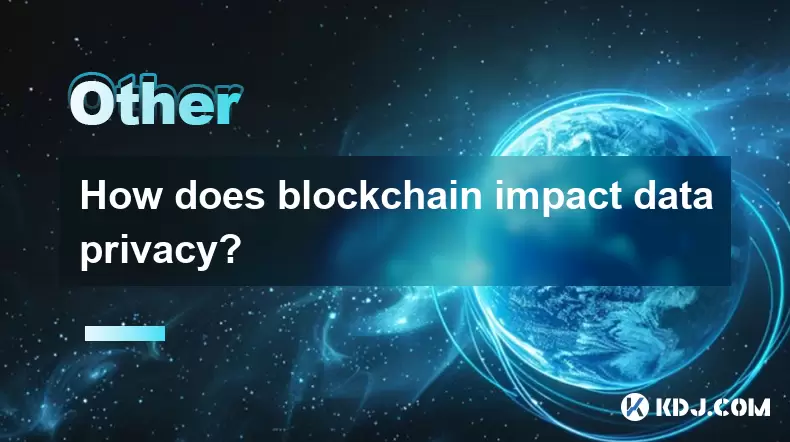
How does blockchain impact data privacy?
Jul 21,2025 at 02:21pm
Understanding the Role of Blockchain in Data PrivacyBlockchain technology, originally developed as the underlying infrastructure for cryptocurrencies ...

What is a token on the blockchain?
Jul 21,2025 at 07:00am
Understanding the Concept of a TokenIn the realm of blockchain technology, a token is a digital representation of an asset or utility that exists on a...

Can blockchain be used for identity verification?
Jul 18,2025 at 02:14pm
Understanding Identity Verification in the Digital AgeIn the modern digital landscape, identity verification has become a critical component for ensur...

What is a consensus mechanism in blockchain?
Jul 21,2025 at 03:01am
Understanding the Basics of Consensus MechanismsA consensus mechanism is a critical component of any blockchain network. It refers to the process by w...

How to explain blockchain to someone with no tech background?
Jul 18,2025 at 11:08pm
Understanding the Basics of BlockchainTo explain blockchain to someone with no tech background, it's essential to start with simple analogies and avoi...

Who invented blockchain technology?
Jul 23,2025 at 01:28am
Origins of Blockchain TechnologyBlockchain technology did not emerge from a single inventor or institution. Instead, it evolved through a series of ac...

How does blockchain impact data privacy?
Jul 21,2025 at 02:21pm
Understanding the Role of Blockchain in Data PrivacyBlockchain technology, originally developed as the underlying infrastructure for cryptocurrencies ...
See all articles





















